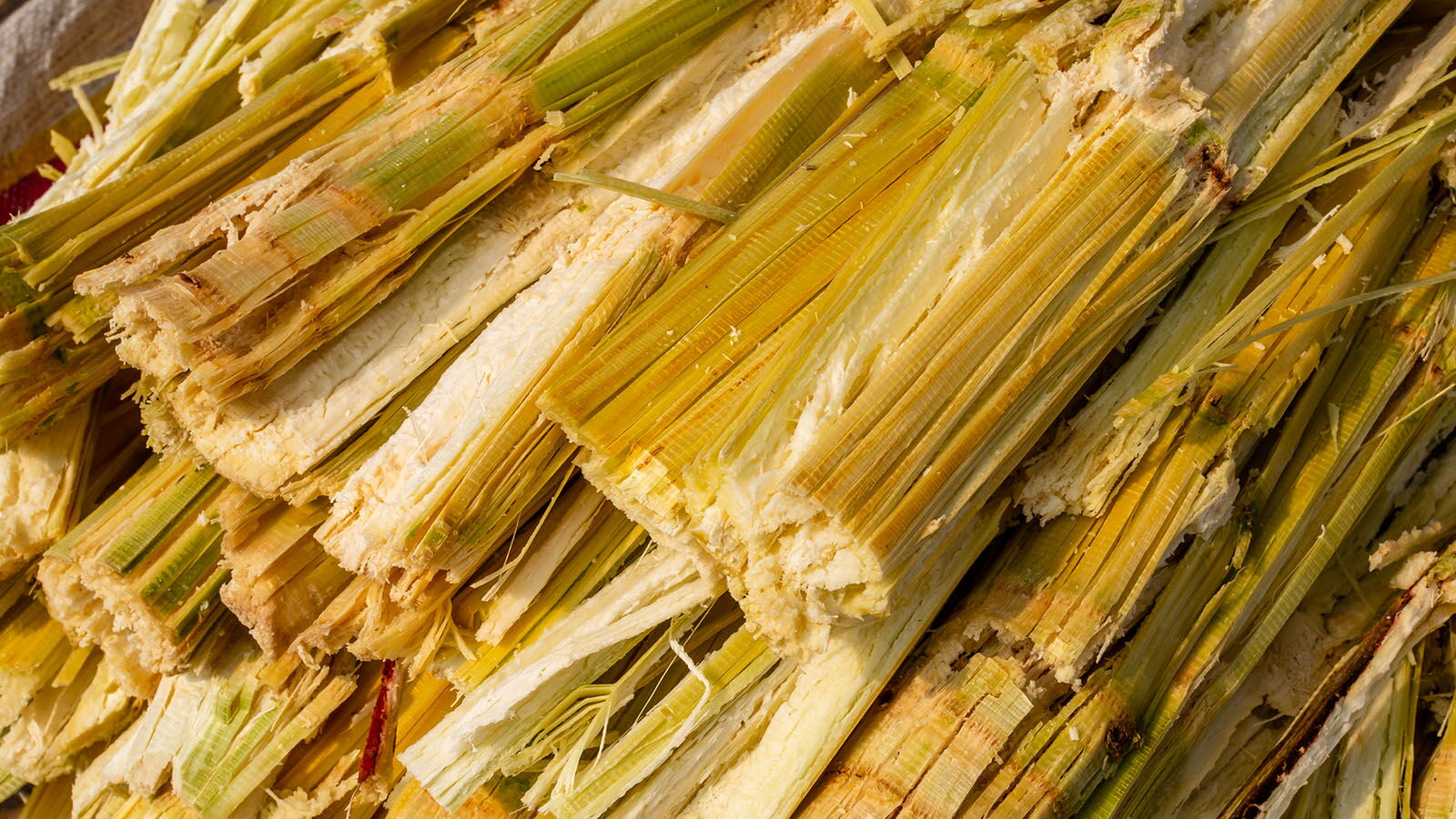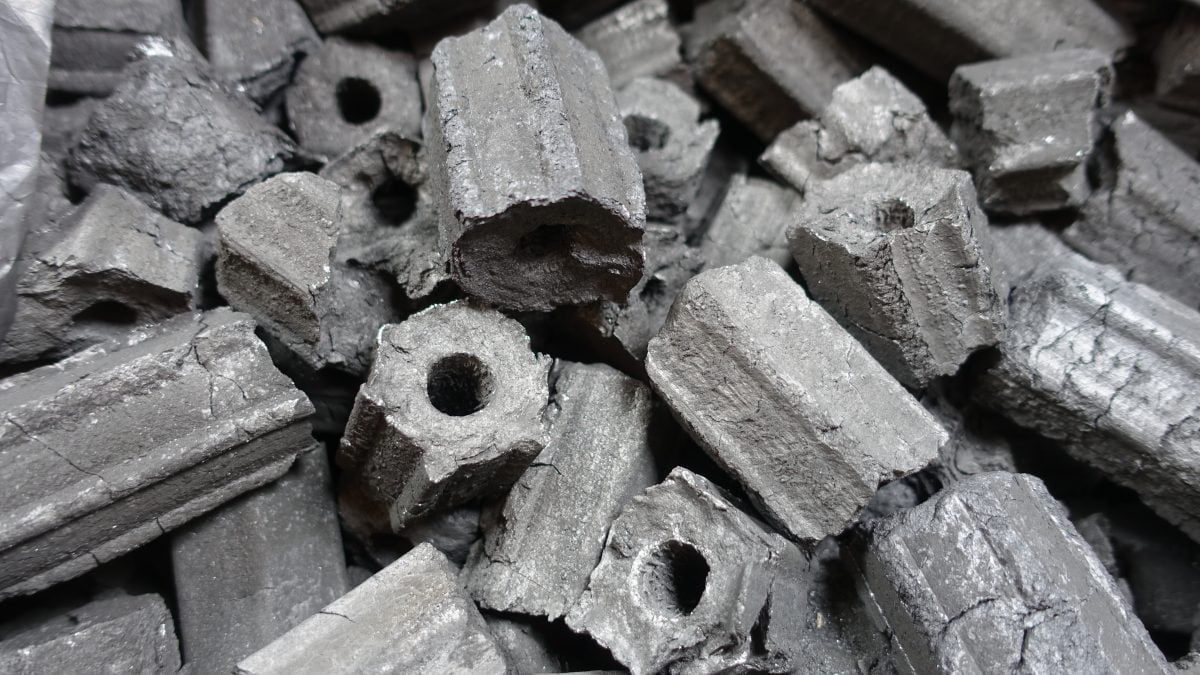In recent years, the utilization of sugarcane bagasse for biochar production has emerged as a novel approach to create additional value for sugar mills. With advancements in biochar technology and growing concerns about sustainable waste management practices, sugar mills are exploring opportunities to convert sugarcane bagasse into biochar, a carbon-rich material with diverse agricultural and industrial applications. This article delves into the process of sugarcane bagasse biochar production and its potential to establish a new value chain for sugar mills.

Understanding Sugarcane Bagasse
Sugarcane bagasse is the fibrous residue left behind after the extraction of juice from sugarcane stalks. Traditionally, bagasse has been used as a fuel for steam and electricity generation in sugar mills. However, the high cellulose content and carbon-rich nature of bagasse make it an ideal feedstock for biochar machine for sale.
Properties of Sugarcane Bagasse:
- High Cellulose Content: Sugarcane bagasse contains a significant amount of cellulose, a polysaccharide that serves as a precursor for biochar production.
- Carbon-Rich: Bagasse is rich in carbon, making it suitable for the production of high-quality biochar with desirable physical and chemical properties.
- Renewable Resource: As a by-product of sugarcane processing, bagasse is readily available and renewable, making it an attractive feedstock for biochar production.
Biochar Production from Sugarcane Bagasse
The process of producing biochar from sugarcane bagasse involves several steps, including drying, pyrolysis, and activation. Modern sugarcane bagasse charcoal making machine is used to efficiently convert bagasse into biochar while minimizing energy consumption and emissions.
1. Drying:
The first step in sugarcane bagasse biochar production is drying the raw material to reduce moisture content. Excess moisture can impede the pyrolysis process and affect the quality of the biochar. Industrial dryers are employed to remove moisture from the bagasse efficiently.
2. Pyrolysis:
Once dried, the bagasse undergoes pyrolysis, a process that involves heating the biomass in the absence of oxygen to produce biochar. Pyrolysis converts the organic matter in bagasse into carbon-rich char while releasing volatile gases and liquids as by-products. Advanced biochar machines control temperature, residence time, and other parameters to optimize the pyrolysis process and ensure consistent biochar quality.
3. Activation:
In some cases, the biochar produced from sugarcane bagasse may undergo activation to enhance its adsorption capacity and surface area. Activation involves treating the biochar with steam, chemicals, or other activating agents to open up pores and increase its porosity. Activated biochar exhibits improved adsorption properties and is used in various environmental and industrial applications. If you would like to know more about the application options of biochar, please visit: https://bestonmachinery.com/
Applications of Sugarcane Bagasse Biochar
Sugarcane bagasse biochar finds diverse applications across agriculture, environmental remediation, and industrial sectors. Its unique properties make it a valuable soil amendment, carbon sequestration tool, and adsorbent for pollutants.
1. Soil Amendment:
Biochar derived from sugarcane bagasse is used as a soil amendment to improve soil fertility, structure, and water retention capacity. It enhances nutrient availability, promotes microbial activity, and mitigates soil degradation, leading to increased crop yields and sustainable agriculture practices.
2. Carbon Sequestration:
Sugarcane bagasse biochar serves as a means of carbon sequestration, helping to mitigate climate change by storing carbon in the soil for long periods. By converting bagasse into biochar and incorporating it into agricultural soils, sugar mills contribute to carbon sequestration efforts and reduce greenhouse gas emissions.
3. Water Treatment:
Activated biochar derived from sugarcane bagasse is utilized in water treatment applications to remove pollutants, heavy metals, and organic contaminants from wastewater and industrial effluents. Its porous structure and high adsorption capacity make it an effective and sustainable solution for water purification and remediation.
4. Industrial Applications:
Sugarcane bagasse biochar finds applications in various industrial processes, including metallurgy, catalysis, and energy storage. It is used as a catalyst support, adsorbent for gas separation, and electrode material in energy storage devices, contributing to the development of sustainable and eco-friendly technologies.

Benefits of Sugarcane Bagasse Biochar Production for Sugar Mills
The production of biochar from sugarcane bagasse offers several benefits for sugar mills and the broader community:
- Waste Valorization: By converting bagasse into biochar, sugar mills reduce waste generation and create value from a previously underutilized by-product.
- Revenue Diversification: Biochar production provides sugar mills with an additional revenue stream and diversifies their product portfolio, enhancing financial stability and competitiveness in the market.
- Environmental Sustainability: Sugarcane bagasse biochar pyrolysis machine promotes environmental sustainability by reducing greenhouse gas emissions, improving soil health, and enhancing water quality.
- Community Engagement: Engaging in biochar production fosters collaboration with local communities, agricultural stakeholders, and environmental organizations, contributing to social responsibility and community development.
Conclusion
Sugarcane bagasse biochar production represents a promising opportunity for sugar mills to establish a new value chain and contribute to sustainable development. By harnessing the potential of bagasse as a feedstock for biochar production, sugar mills can create value, reduce waste, and promote environmental stewardship. As technology advances and awareness of biochar’s benefits grows, sugarcane bagasse biochar production is poised to play a significant role in shaping the future of sugar industry sustainability.